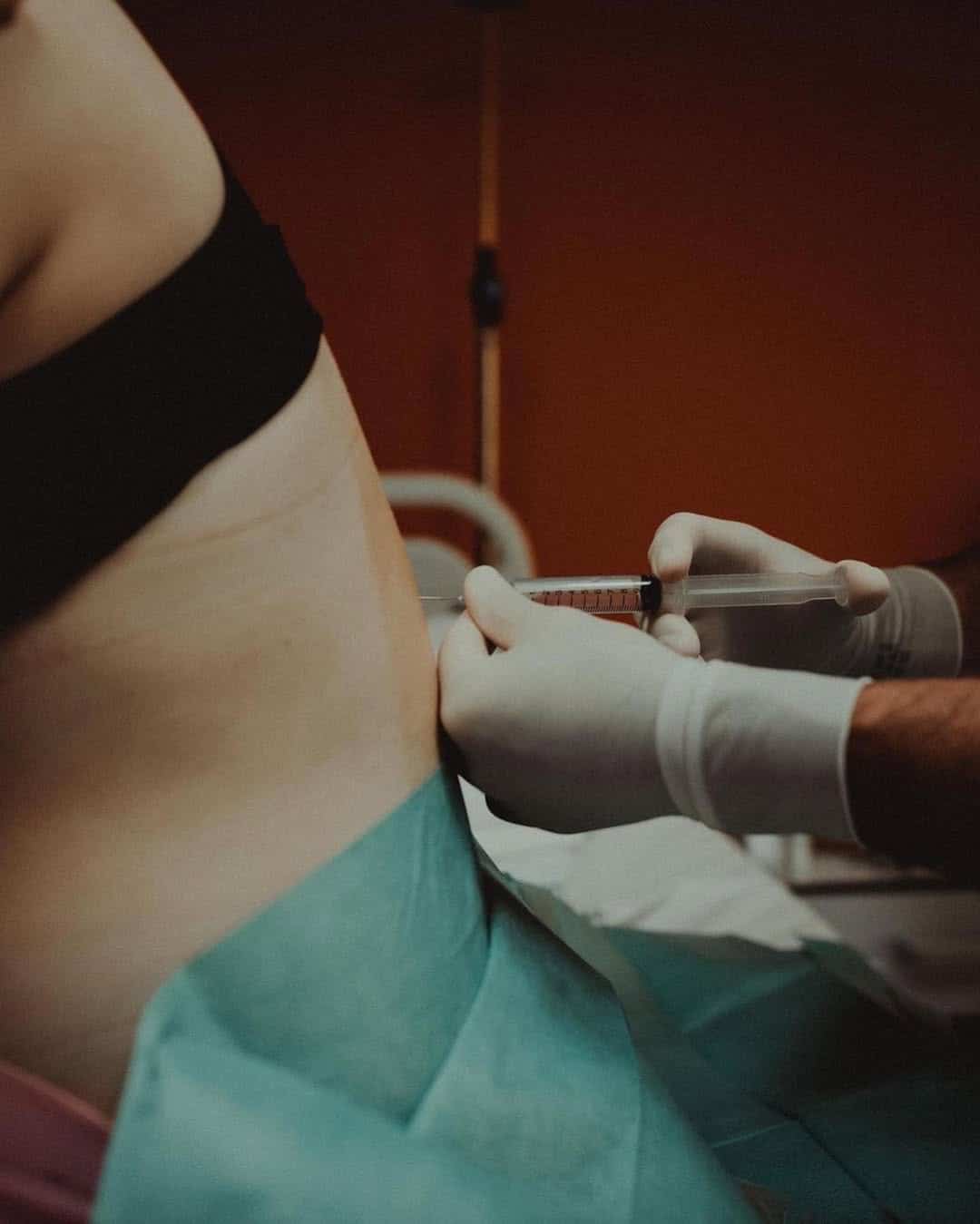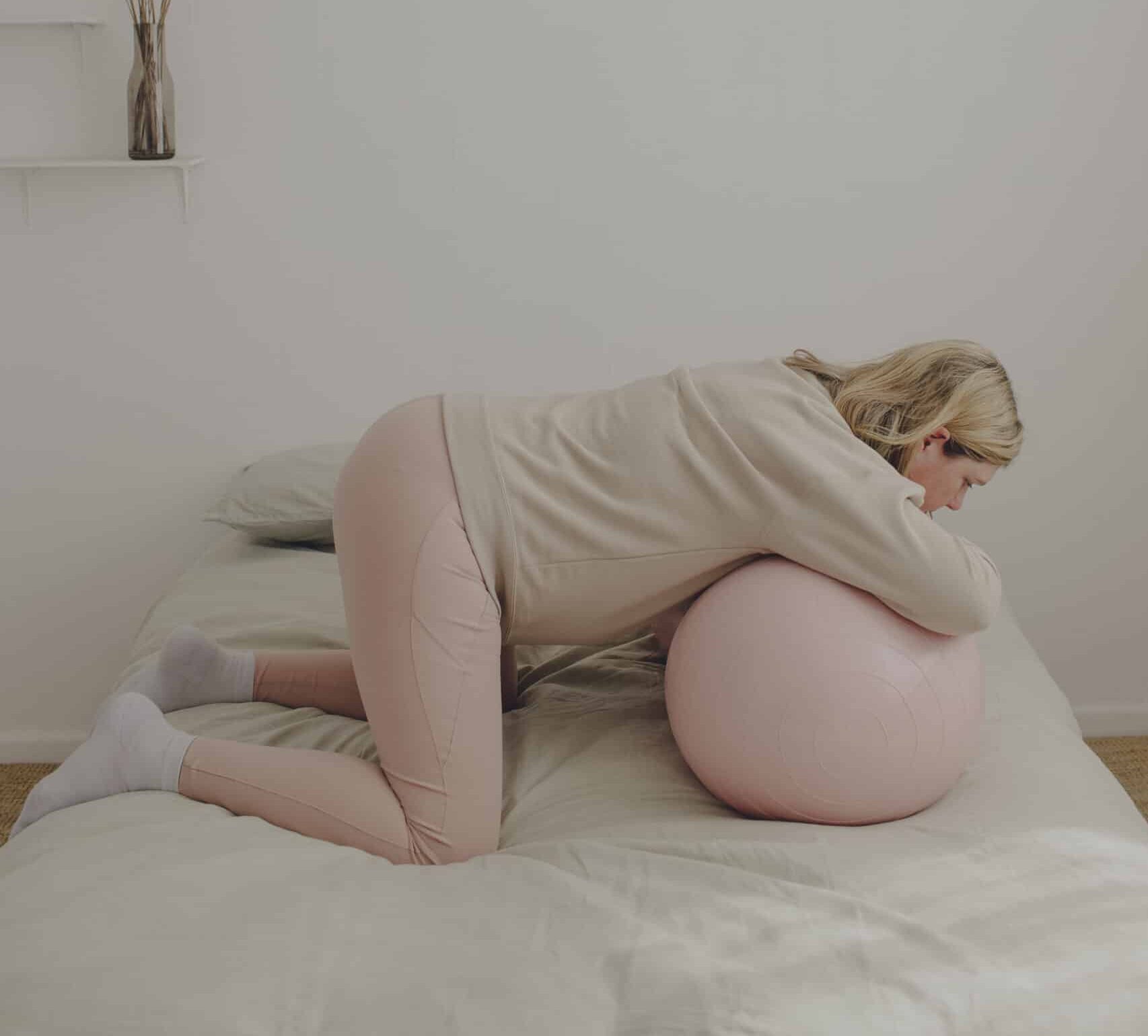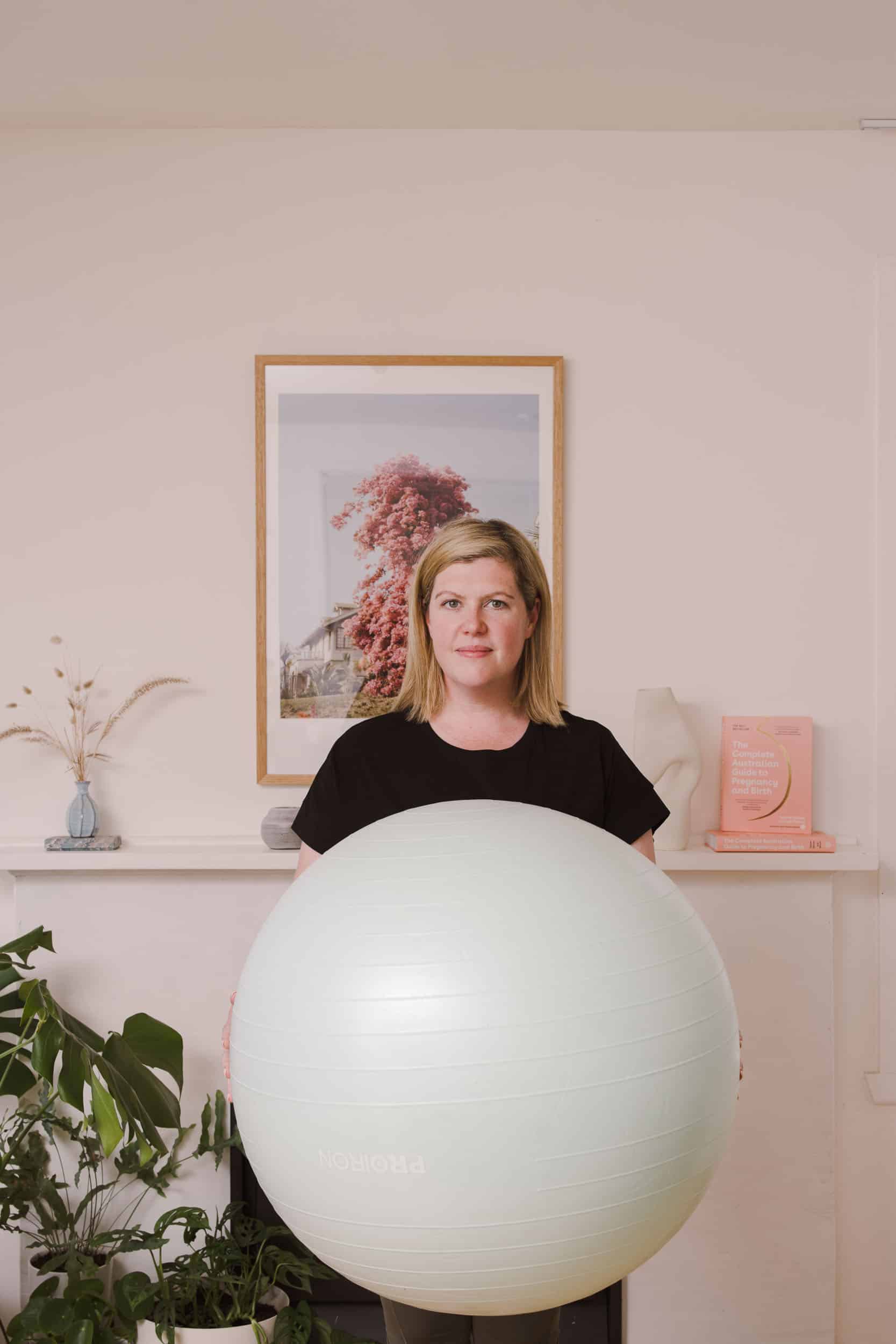Birth Five Positive Birth Stories to Inspire You
Five Positive Birth Stories to Inspire You

Are you pregnant and searching for positive birth stories to educate, encourage and inspire you? If so, you’ve come to the right place.
If you’ve just stumbled across Australian Birth Stories, welcome! If you’re a long-time listener, I’m so glad you’re still here.
I really advocate for listening to the full spectrum of birth stories in pregnancy because learning all the facets of birth and possible labour scenarios ensures that nothing comes as a shock. However, I also respect the fact that many pregnant mothers want to surround themselves with positive birth stories, particularly when they’re feeling anxious and vulnerable.
It’s not uncommon for me to receive multiple messages a week asking about positive vaginal birth stories so I thought it best to put a few educational and inspiring episodes in the one place. Please, share this post with your pregnant friends and come back to it when you’re feeling doubtful or in need of some quality birth inspiration. If you’re after some guidance for labour and birth, you’ll love my journal article How to Breathe in Labour.
#1 Emma – episode 336 – listen HERE
If there’s one word to describe this episode with Emma, it’s joyful. She takes us through her three pregnancies and births in between nomadic living in a bus and on a sailing boat. Her first two births were really smooth but in her third pregnancy a fibroid was discovered on an early ultrasound and it created persistent issues around where she would birth because she was at risk of postpartum haemorrhage. She talks at length about navigating uncertainty in her third pregnancy and then giving birth on the worst night of the Northern Rivers floods. Emma had three physiological births and was really well informed about her options. Consider this a very inspiring episode!
#2 Julie – episode 322 – listen HERE
In this episode Julie shares her incredibly positive first birth experience. She had listened to the podcast for years before she conceived so she knew she wanted continuity of care with a midwife in a birth centre, ideally one attached to a hospital in case she needed medical support. As soon as she found out she was pregnant she was proactive with organising her care; she saw a GP, requested a referral and made the right phone calls. She laboured at home till her waters broke and once she was at the birth centre, she used active birth positions as labour progressed and birthed her baby boy in the water.
#3 Serena – episode 305 – listen HERE
Serena is a midwife who shares her two homebirth experiences alongside her midwifery knowledge and advice. After supporting women through the MGP programme at the Mercy Hospital till 38 weeks, she consciously had to switch off her midwife mindset and actively prepare for labour as a birthing mother. She takes us step-by-step through the days of early labour, her expectations of contractions versus the reality, and the practical skills she embraced to navigate a two-hour second stage. Her second birth was swift and intense and she admits that she found it all quite hilarious.
#4 Shuana – episode 296 – listen HERE
In this episode I interview first-time mum, Shuana, about her proactive approach to pregnancy and birth. When she found out she was pregnant she booked in with her local public hospital and was assigned continuity of care with a known midwife who fast became a precious support right through to postpartum. Shuana and her husband, Dan, did The Birth Class for birth preparation and felt incredibly confident and excited about the possibility of a physiological birth. Shuana takes us through her labour, from the moment her waters broke till when she birthed her 4.49kg baby boy, Teddy, in a moment of pure joy. This is such a positive and inspiring episode that’s brimming with birth tips.
#5 Emma – episode 281 – listen HERE
As well as sharing her birth story, Emma discusses her preconception journey in detail (a great tip for those of you planning to conceive soon!). She approached her pregnancy and birth preparation similarly by immersing herself in research and birth stories and The Birth Class. She was cared for by the Ngarrama Midwifery Group Practice in Brisbane and continued her high intensity training program right up until the day she went into labour. Emma’s story is testament to the power of consciously choosing your care provider, getting informed and physically and mentally preparing for the birth you most want. Her little girl, Gracie, was only two weeks old when we spoke so Emma recalls her story with lots of detail; there’s some really wonderful advice in her story.
Here’s some more articles we think you’re going to love:
Categories
Related Products
-
The Birth Class
108 reviews$249.00The empowering online childbirth education program that will help you confidently prepare for birth.
Get your copy of our Perineal Massage Guide in your inbox
Keep Reading
We think you might enjoy these articles
@AustralianBirthStories
Follow along with us
@AustralianBirthStories
Follow along with us
@AustralianBirthStories
Follow along with us
@AustralianBirthStories
Follow along with us
@AustralianBirthStories
Follow along with us
@AustralianBirthStories
Follow along with us
@AustralianBirthStories
Follow along with us
@AustralianBirthStories
Follow along with us
@AustralianBirthStories
Follow along with us
@AustralianBirthStories
Follow along with us
@AustralianBirthStories
Follow along with us
@AustralianBirthStories
Follow along with us










